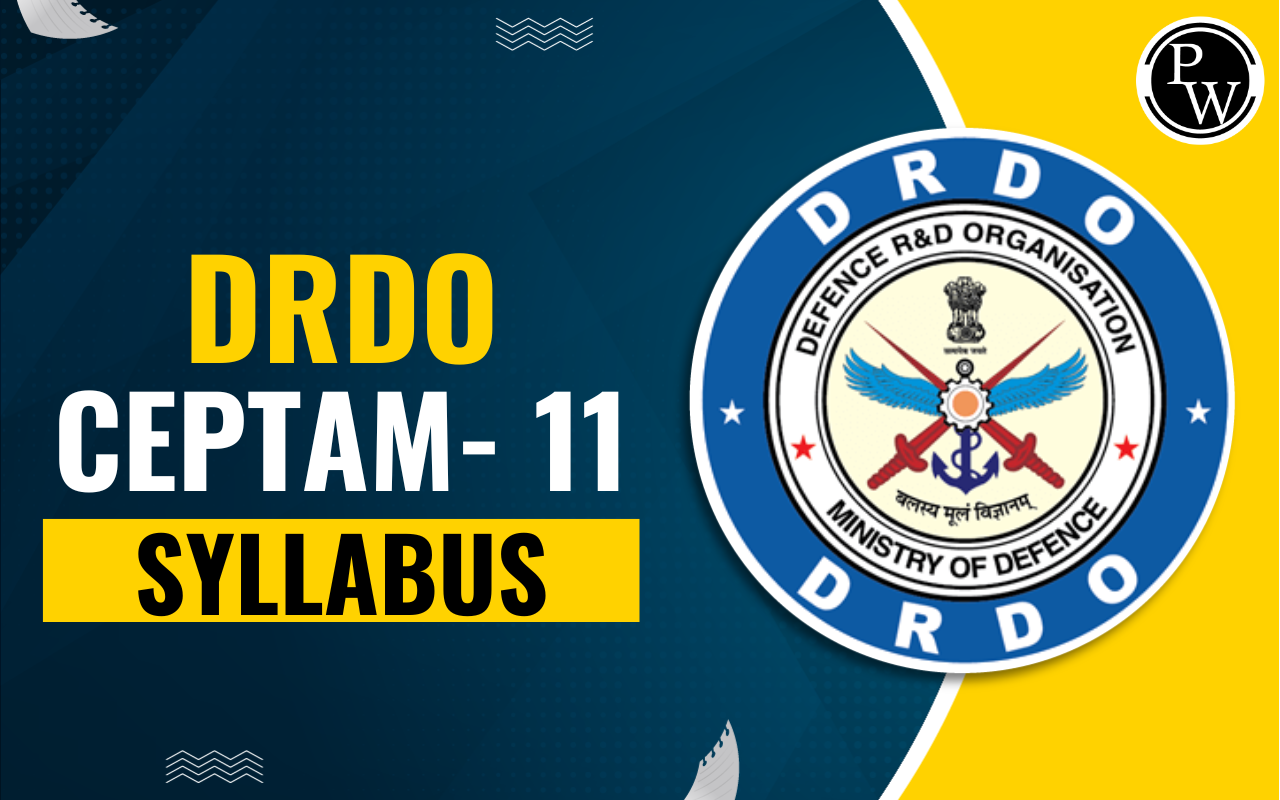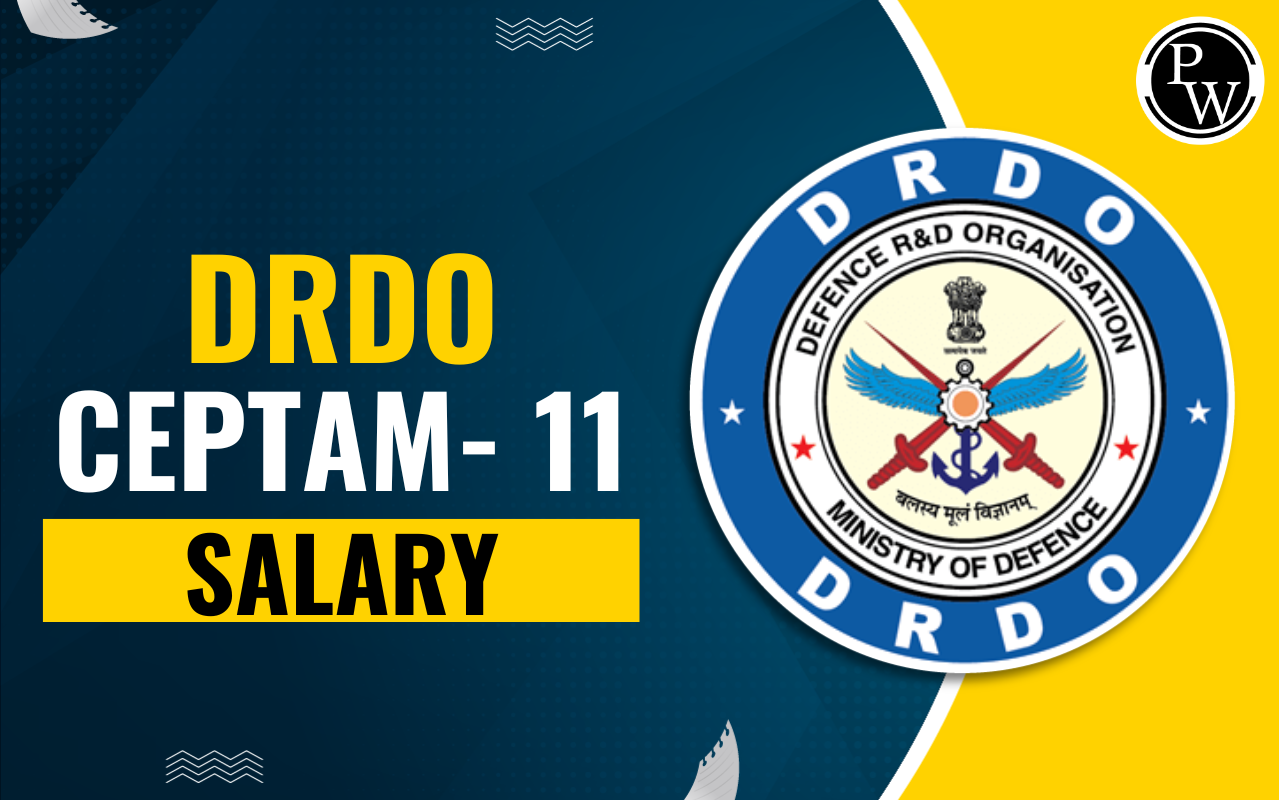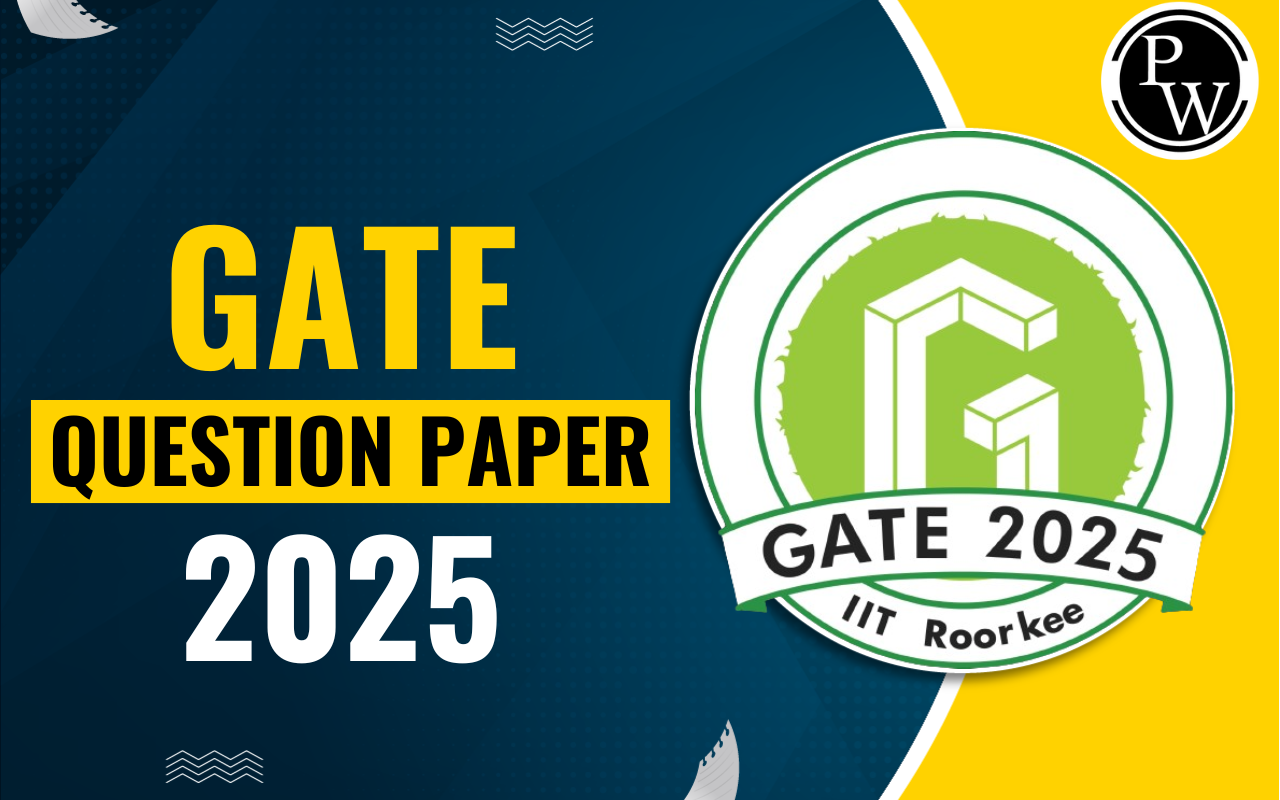
GATE Statistics Syllabus 2026: Candidates who are aiming to take the Graduate Aptitude Test In Engineering 2026 for Statistics disciplines must kick-start their preparation by knowing the entire syllabus well. The GATE 2026 examination will be conducted by IIT Guwahati for 30 various specializations, including Statistics.
A proper understanding of the GATE Statistics Syllabus 2026 is essential for aspirants for prepare in an effective manner. The GATE Syllabus for Statistics is divided into 9 sections: Calculus, Matrix Theory, Probability, Stochastic Process, Estimation, Testing of Hypothesis, Nonparametric Statistics, Multivariate Analysis, and Regression Analysis.
Among all the topics, Probability holds the most significance as it accounts for about 20% of the total marks in the GATE exam. The core syllabus carries 85% weightage, while the remaining 15% is attributed to General Aptitude. Candidates can go through the comprehensive GATE ST Syllabus 2026 to curate their effective study plan.
GATE Statistics Syllabus 2026
The IIT Guwahati will upload the topic-wise GATE Syllabus for all the branches including Statistics on the official website, gate.iitg.ac.in. With the release of the comprehensive syllabus in PDF format, test takers will be able to access it by visiting the official portal. Reviewing the entire syllabus will familiarize students to know the array of topics from which questions will be asked.
The GATE statistics paper was added in 2019 and covers a wide range of topics. It includes subjects like calculus, matrix theory, probability, standard discrete and continuous univariate distributions, stochastic processes, estimation, testing of hypotheses, non-parametric statistics, multivariate analysis, and regression analysis.
GATE 2026 Statistics Syllabus
Candidates who are appearing for the GATE ST Exam in 2026 can find the topic-wise breakdown of the detailed syllabus tabulated below:
| GATE Statistics Syllabus 2026 | ||
| Sl. No. | Chapters | Topics |
| 1. | Calculus | Finite, countable and uncountable sets; Real number system as a complete ordered field, Archimedean property; Sequences of real numbers, the convergence of sequences, bounded sequences, monotonic sequences, Cauchy criterion for convergence; Series of real numbers, convergence, tests of convergence, alternating series, absolute and conditional convergence; Power series and radius of convergence; Functions of a real variable: Limit, continuity, monotone functions, uniform continuity, differentiability, Rolle’s theorem, mean value theorems, Taylor’s theorem, L’ Hospital rules, maxima and minima, Riemann integration and its properties, improper integrals; Functions of several real variables: Limit, continuity, partial derivatives, directional derivatives, gradient, Taylor’s theorem, total derivative, maxima and minima, saddle point, method of Lagrange multipliers, double and triple integrals and their applications. |
| 2. | Matrix Theory | Subspaces of ℝ𝑛𝑛 and ℂ𝑛𝑛 , span, linear independence, basis and dimension, row space and column space of a matrix, rank and nullity, row reduced echelon form, trace and determinant, inverse of a matrix, systems of linear equations; Inner products in ℝ𝑛𝑛 and ℂ𝑛𝑛 , Gram-Schmidt orthonormalization; Eigenvalues and eigenvectors, characteristic polynomial, Cayley-Hamilton theorem, symmetric, skew-symmetric, Hermitian, skew-Hermitian, orthogonal, unitary matrices and their eigenvalues, change of basis matrix, equivalence and similarity, diagonalizability, positive definite and positive semi-definite matrices and their properties, quadratic forms, singular value decomposition. |
| 3. | Probability | Axiomatic definition of probability, properties of probability function, conditional probability, Bayes’ theorem, independence of events; Random variables and their distributions, distribution function, probability mass function, probability density function and their properties, expectation, moments, and moment generating function, quantiles, distribution of functions of a random variable, Chebyshev, Markov and Jensen inequalities. |
| 4. | Standard discrete and continuous univariate distributions | Bernoulli, binomial, geometric, negative binomial, hypergeometric, discrete uniform, Poisson, continuous uniform, exponential, gamma, beta, Weibull, normal. Jointly distributed random variables and their distribution functions, probability mass function, probability density function and their properties, marginal and conditional distributions, conditional expectation and moments, product moments, simple correlation coefficient, joint moment generating function, independence of random variables, functions of random vector and their distributions, distributions of order statistics, joint and marginal distributions of order statistics; multinomial distribution, bivariate normal distribution, sampling distributions: central, chi-square, central t, and central F distributions. Convergence in distribution, convergence in probability, convergence almost surely, convergence in r-th mean and their inter-relations, Slutsky’s lemma, Borel-Cantelli lemma; weak and strong laws of large numbers; central limit theorem for i.i.d. random variables, delta method. |
| 5. | Stochastic Processes | Markov chains with finite and countable state space, classification of states, limiting behaviour of n-step transition probabilities, stationary distribution, Poisson process, birthand- death process, pure-birth process, pure-death process, Brownian motion and its basic properties. |
| 6. | Estimation | Sufficiency, minimal sufficiency, factorization theorem, completeness, completeness of exponential families, ancillary statistic, Basu’s theorem and its applications, unbiased estimation, uniformly minimum variance unbiased estimation, Rao-Blackwell theorem, Lehmann-Scheffe theorem, Cramer-Rao inequality, consistent estimators, method of moments estimators, method of maximum likelihood estimators and their properties; Interval estimation: pivotal quantities and confidence intervals based on them, coverage probability. |
| 7. | Testing of Hypothesis | Neyman-Pearson lemma, most powerful tests, monotone likelihood ratio (MLR) property, uniformly most powerful tests, uniformly most powerful tests for families having MLR property, uniformly most powerful unbiased tests, uniformly most powerful unbiased tests for exponential families, likelihood ratio tests, large sample tests. |
| 8. | Non-parametric Statistics | Empirical distribution function and its properties, goodness of fit tests, chi-square test, Kolmogorov-Smirnov test, sign test, Wilcoxon signed rank test, Mann-Whitney U-test, rank correlation coefficients of Spearman and Kendall. |
| 9. | Multivariate Analysis | Multivariate normal distribution: properties, conditional and marginal distributions, maximum likelihood estimation of mean vector and dispersion matrix, Hotelling’s T2 test, Wishart distribution and its basic properties, multiple and partial correlation coefficients and their basic properties. |
| 10. | Regression Analysis | Simple and multiple linear regression, R2 and adjusted R2 and their applications, distributions of quadratic forms of random vectors: Fisher-Cochran theorem, Gauss-Markov theorem, tests for regression coefficients, confidence intervals. |
GATE Statistics Syllabus 2026 PDF
For GATE 2026 Statistics exam, IIT Guwahati will publish the detailed syllabus along with official notification @gate.iitg.ac.in. Meanwhile, candidates can download the previous year's GATE Statistics Syllabus PDF to know the topic-wise details of entire syllabus. We have attached a direct link to access the GATE ST Syllabus 2026 PDF below.
Download GATE Statistics Syllabus PDF
GATE Statistics Syllabus 2026 - Topic-Wise Weightage
The probability topic holds the most significant weightage of 20% in the GATE exam. Other topics also have their respective weightages, with 15%, 10%, and 8% allocated to them. To find more specific details about the weightages of each topic, please refer to the table provided.
| Weightage of Topics for GATE Statistics | |
| Topics | Weightage |
| Probability | 20% |
| Calculus | 15% |
| Multivariate Analysis | 10% |
| Matrix Theory | 8% |
| Stochastic Processes | 8% |
| Estimation | 8% |
| Testing of Hypotheses | 8% |
| Regression Analysis | 8% |
GATE Statistics Exam Pattern 2026
The GATE marks are distributed based on specific guidelines set by the conducting body of the exam. To excel in GATE ST, candidates must have a thorough understanding of the GATE Exam Pattern. Familiarizing oneself with the salient features of the exam pattern is essential.
| GATE Statistics Exam Pattern 2026 | |||
| Section | Distribution of Marks | Total Marks | Types of questions |
| General Aptitude | 5 questions of 1 mark each 5 questions of 2 marks each | 15 marks | MCQs |
| Statistics | 25 questions of 1 mark each 30 questions of 2 marks each | 85 marks | MCQs and NATs |
Elevate your GATE readiness with Physics Wallah’s GATE Online Courses . PW GATE Online Coaching offers comprehensive live sessions tailored to the syllabus, invaluable study materials, practice tests, and much more.
GATE Statistics Syllabus 2026 FAQs
Q. How many sections are there in the GATE Statistics Syllabus?
Q. What are the most important topics in the GATE Statistics Syllabus 2026?
Q. What is the subject code for GATE Statistics Syllabus?
Q. What is the GATE Statistics Scope?









